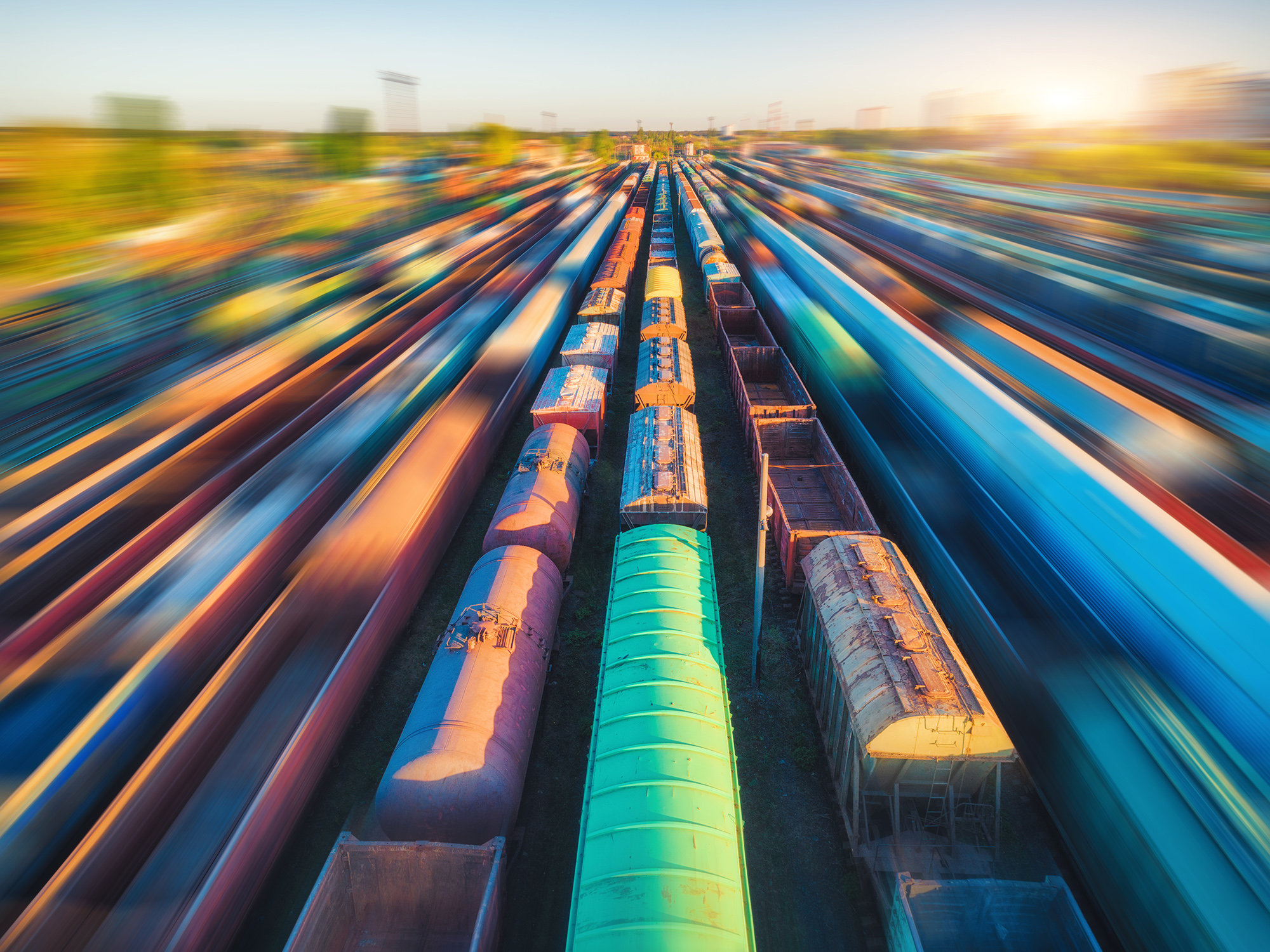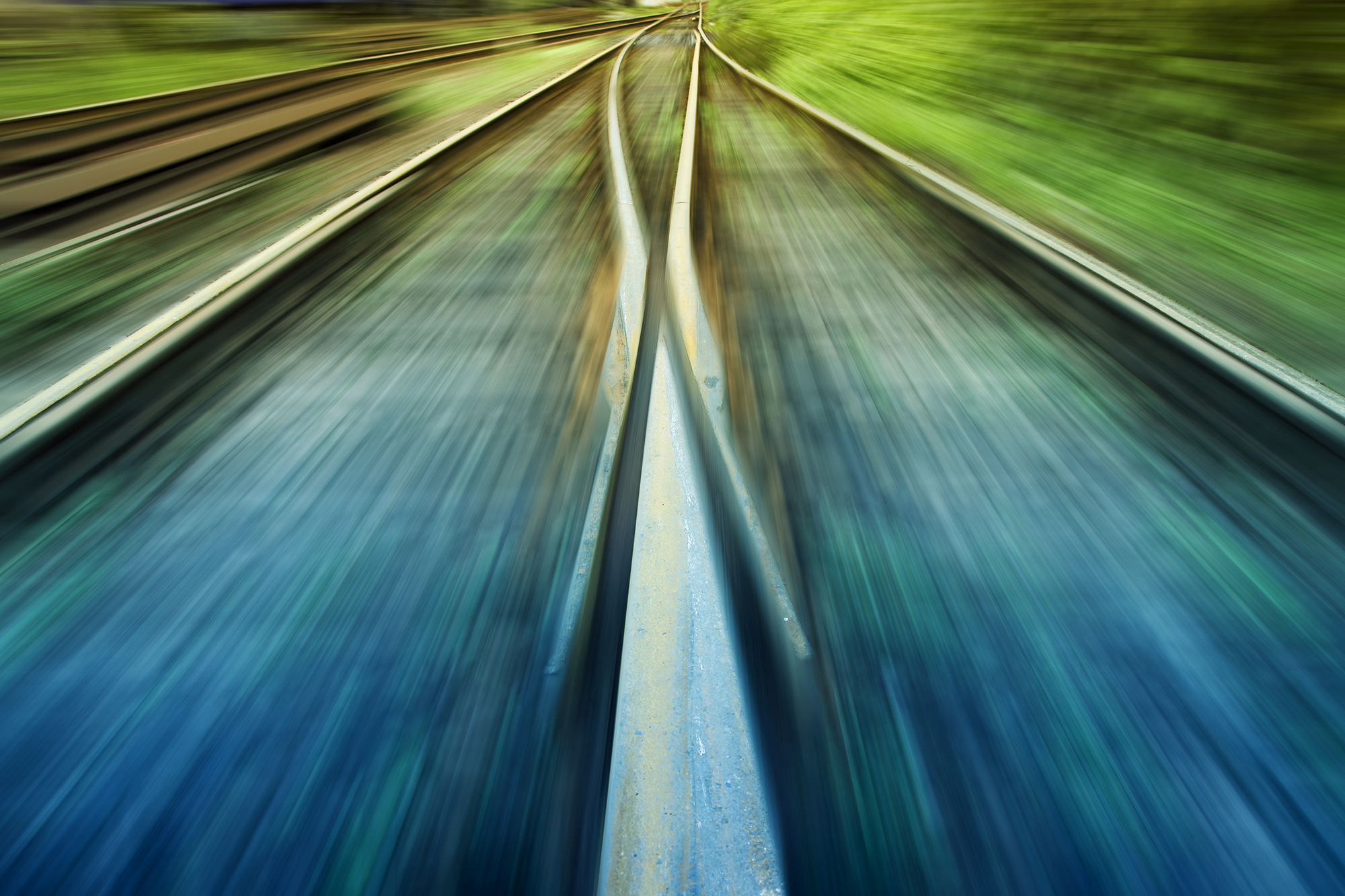Recently, the Berlin-based, but definitely European “Netzwerk Europäische Eisenbahnen e.V.” spoke up loudly: once again, the focus was on the imbalance between road and rail, but also on the German government's lack of assertiveness in matters of green logistics.
Stay informed!
Fill in your email address and get regular updates from LTE-group!
Our colleague from LTE in Germany, Andreas Friedl, is known to us as a committed networker and not only a member, but also an equally committed discussion partner when it comes to countering the eternal imbalance between road and rail. "Recently, after the Federal Constitutional Court had ruled in a landmark decision that the Climate Protection Act had to be improved, yet nothing happened, it was high time to speak up," he explains the resolution that was recently published. After, according to Ludolf Kerkeling, chairman of the NEE in Berlin, "messing around" with saving millions of tons of greenhouse gas, but not finding specific ways to save around 40 percent compared to today's status by 2030, it was time to make demands to correct the imbalance between road and rail. Above all, the goals related to climate protection must be achieved.

- Reduced subsidies and adjustments in CO2-pricing for road freight transport: In Germany, road freight transport is promoted through the diesel tax privilege, the limitation of tolls on highways and a control level that is too low. The CO2-tax levied since the beginning of the year is far too low. It is also to be feared that the 180 to 200 euros per tonne of CO2 that science considers necessary will not be reached by a long way.
- The railways must be relieved: They must be excluded from high climate-politically motivated taxes that are not incurred on road freight transport. For example the electricity tax, emissions trading costs, the EEG surcharge and high usage fees to finance the electricity transition.
- The infrastructure has to be completely realigned: In Germany, the planned amendment to climate protection requires that all federal programs give preference to climate-friendly alternatives. It is therefore contrary to the climate target to further expand the road network instead of strengthening the railways. An “immediate program for additional rail infrastructure” is therefore required so that smaller measures can also increase the capacity in the existing network.
- Last but not least - the technology, keyword intermodality: Goods can be shifted from the road to the rail very quickly if the truck semitrailer (trailer) is transported to the rail in the main leg. This usually fails because trailers are not designed to be craneable. However, with quick fitting (being a relatively cost-effective solution) significantly more truck journeys can be made on the rails in this way.

“What we have worked out again in this context, of course, does not only apply to Germany,” summarizes Andreas Friedl, “because these problems and much more the challenges, apply to all of Europe. If we set the course on the right track for mastering these tasks in the next few years not only we will be grateful, but above all future generations will be."
